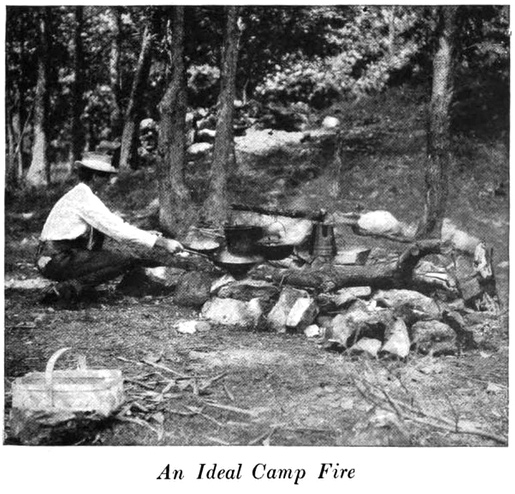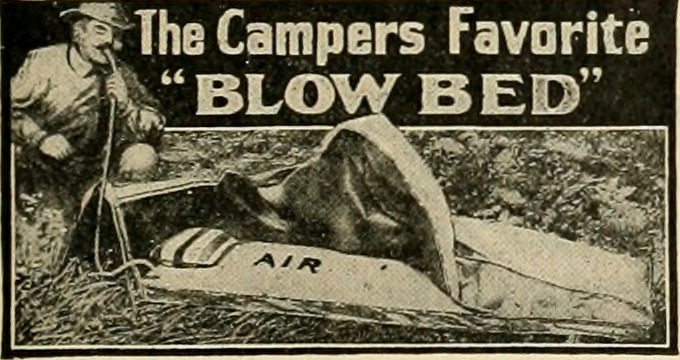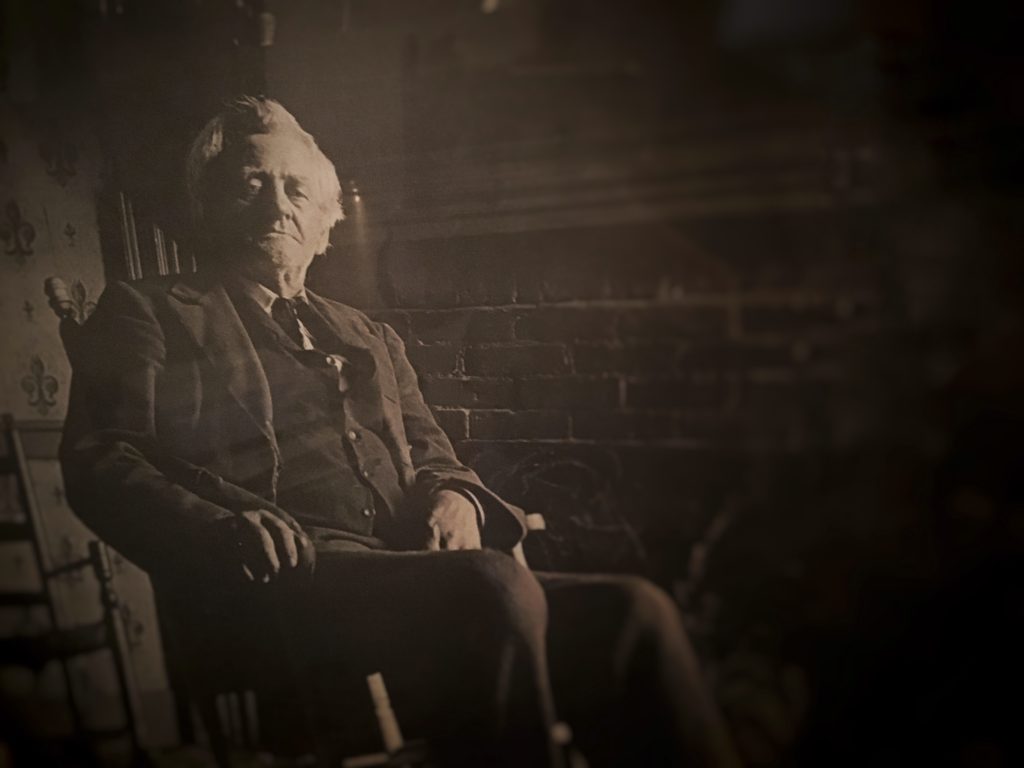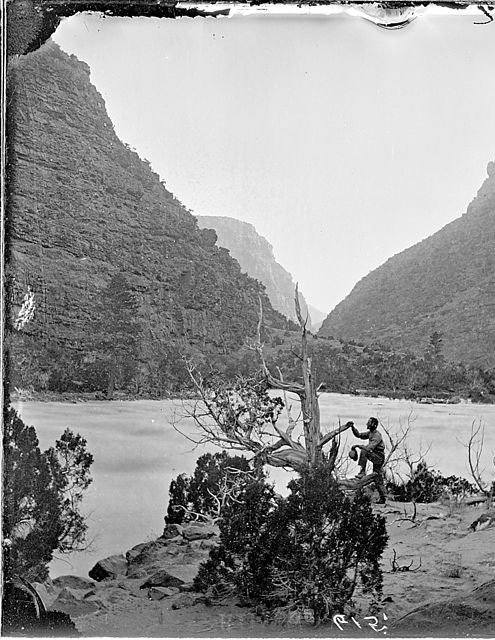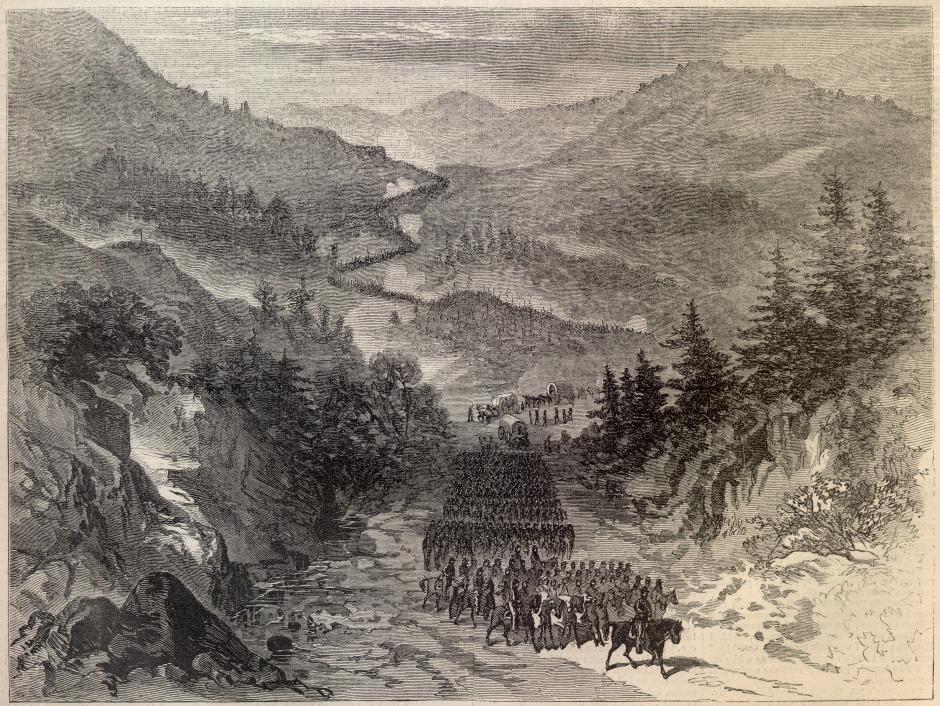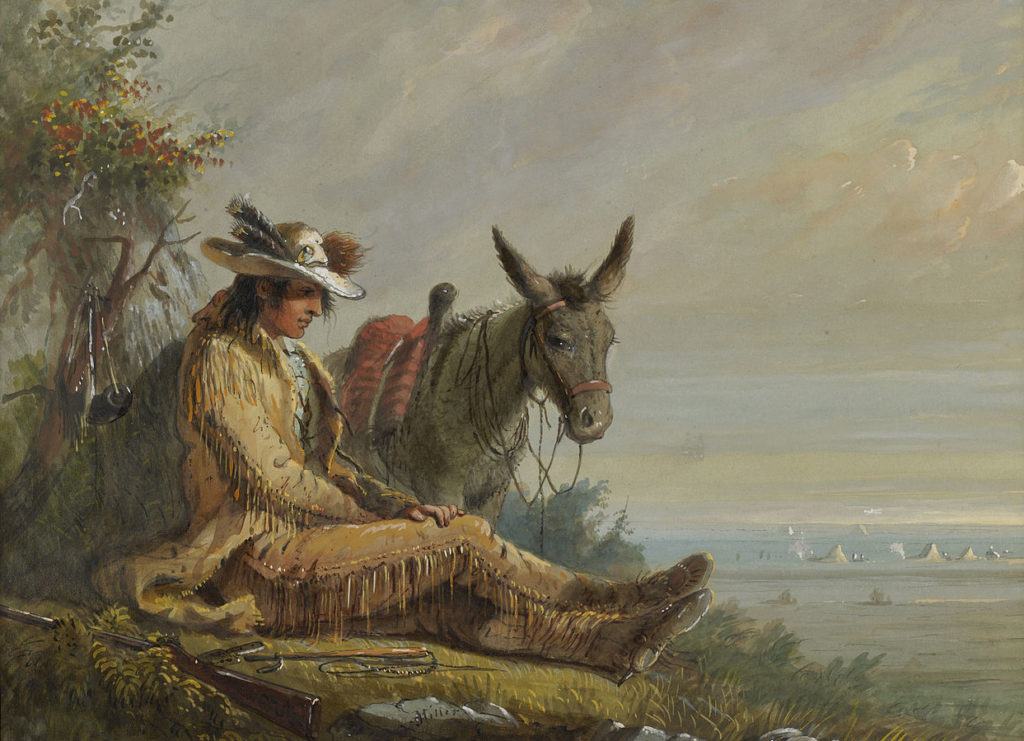
After reading this article about moccasins, I find myself wanting a pair. Fortunately, instructions are given on how to make your own in case there isn’t a mall around the corner. I can imagine any squaws that read this will be madder than a Wampus Cat in a rainstorm that the author thought they didn’t have “mechanical skill nor the appliances” to make good moccasins. This description is taken from “Camping and camp outfits. A manual of instruction for young and old sportsmen” by G.O. Shields, 1890.


